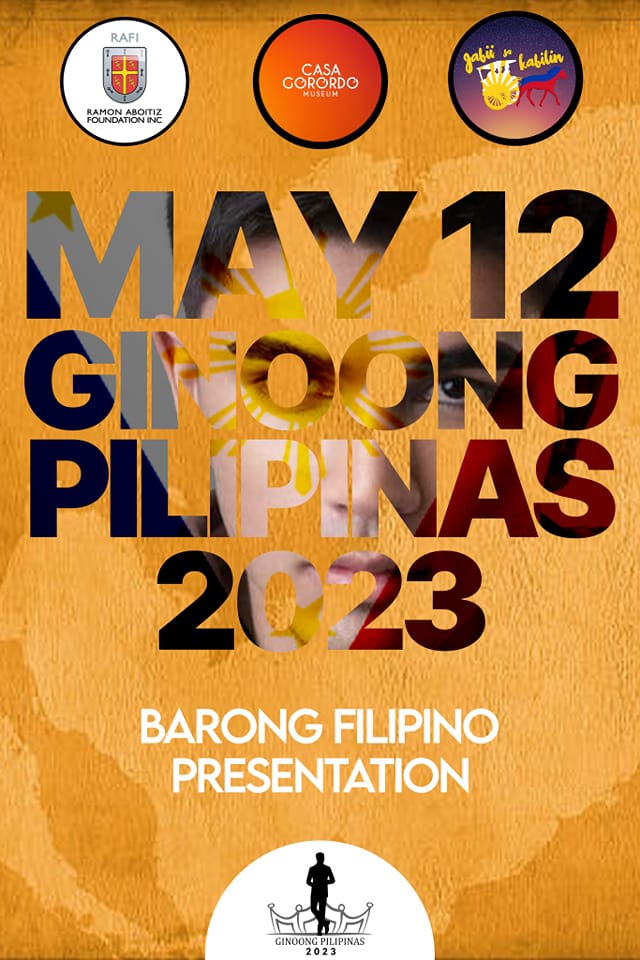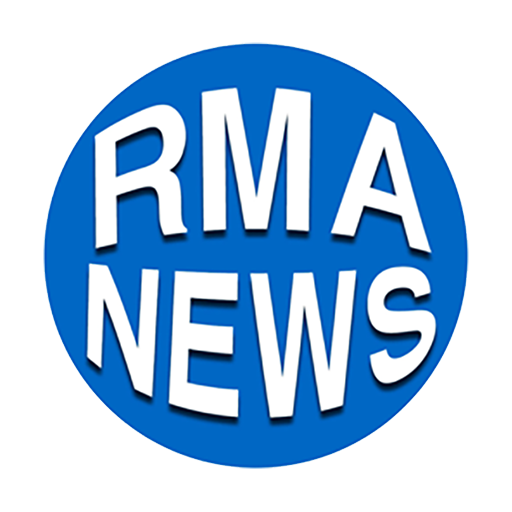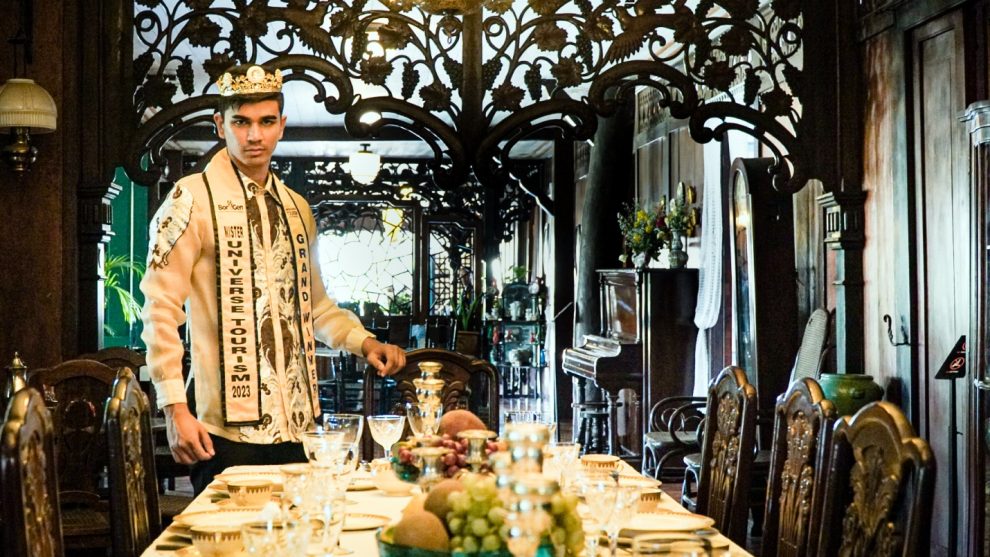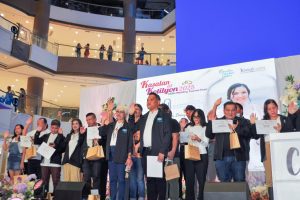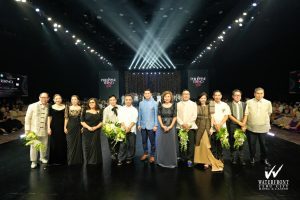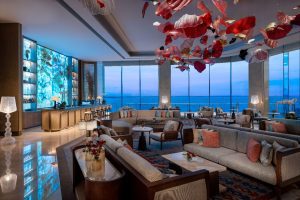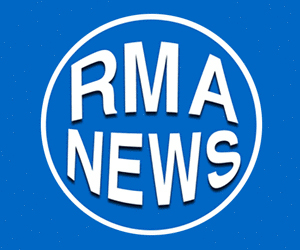The Ginoong Pilipinas, the country’s most prestigious personality pageant for men, has made the Barong Filipino its advocacy – transforming its Tagalog origins to be more inclusive and less regionalistic. The journey began long ago with Proclamation No. 1374, s. 1975, a legal document issued by the President of the Philippines, Ferdinand Marcos, on January 17, 1975. The proclamation declared the period from May 5 to 11, 1975, as Barong Filipino Week under the auspices of the National Commission for Culture and the Arts (NCCA).
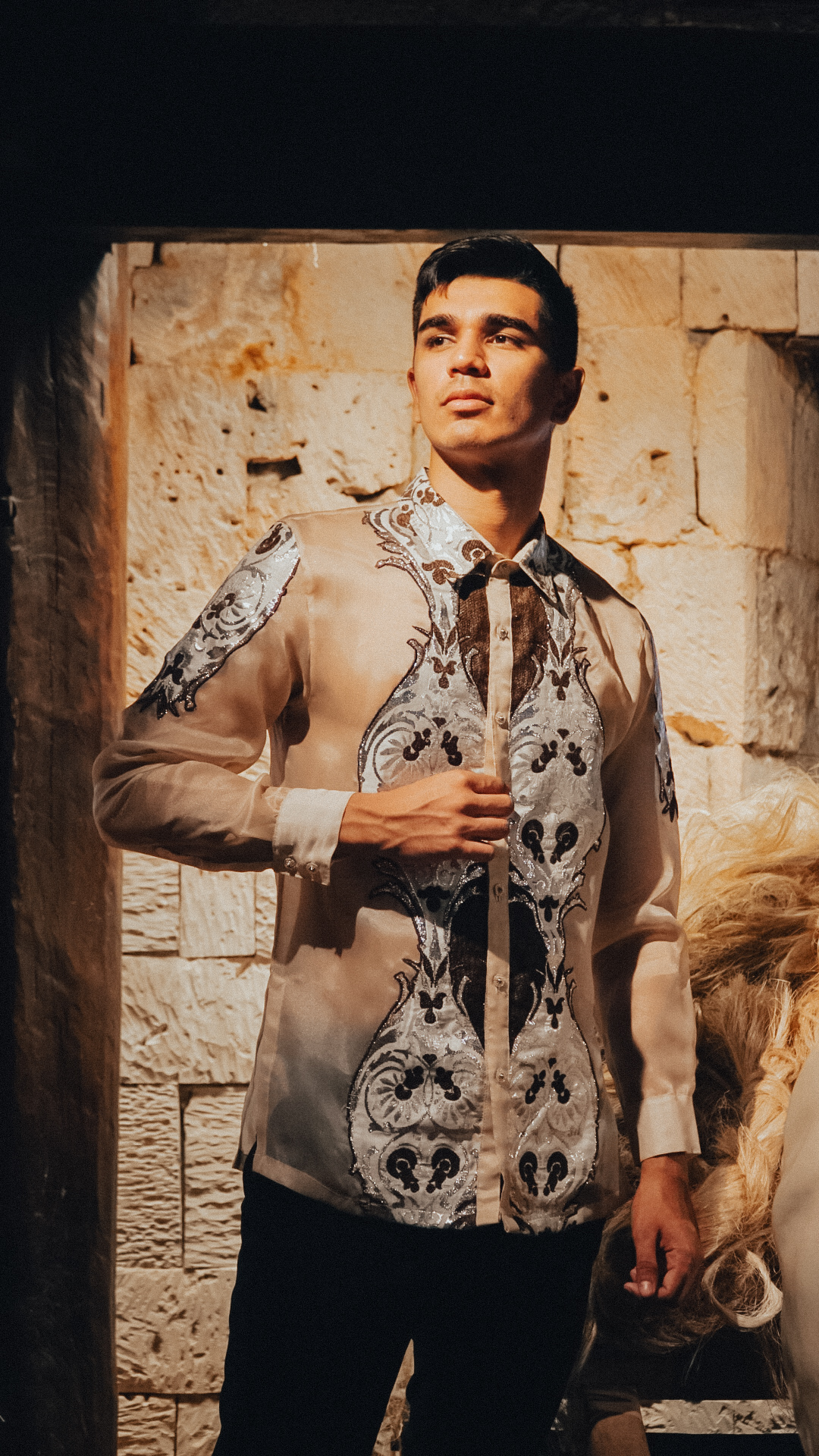
The proclamation was aimed at promoting the Barong Tagalog, which is the national dress of the Philippines for men. The Barong Tagalog is a formal shirt that is commonly worn at formal occasions and events. The proclamation recognized the importance of the Barong Tagalog as a symbol of the Filipino culture and identity.
During the Barong Filipino Week, the NCCA organized various activities and events to promote the Barong Tagalog and its importance in Philippine culture. These activities included fashion shows, exhibitions, cultural presentations, and other events that showcased the beauty and elegance of the Barong Tagalog.
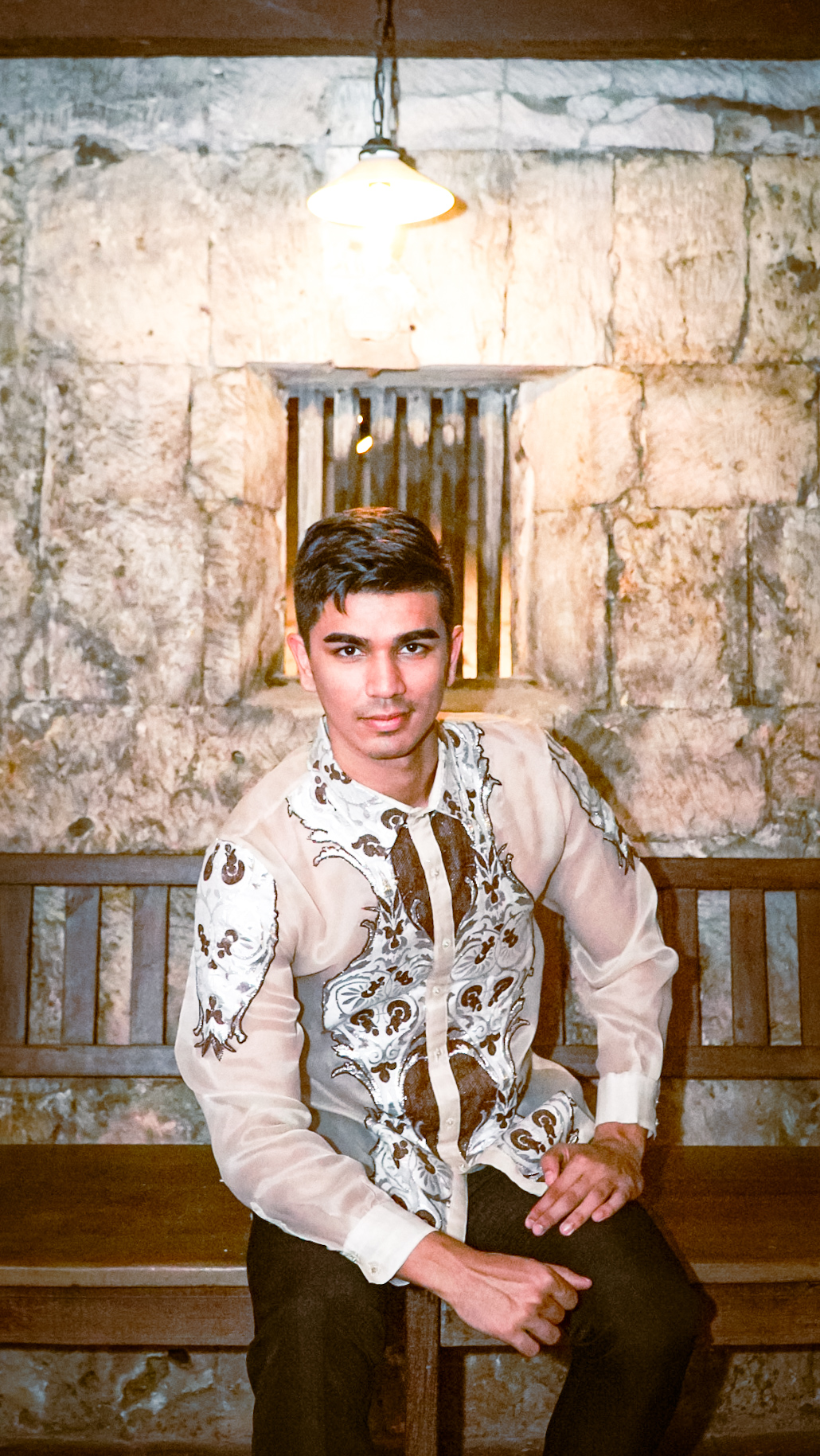
The proclamation also encouraged Filipinos to wear the Barong Tagalog during the week-long celebration to show their support for the promotion of Philippine culture and identity. This was a way to instill pride in the Filipino culture and to celebrate the unique qualities and traditions that make the Philippines a unique and special country.
To wit, the Barong Tagalog was originally the traditional attire of the Tagalog people. It is an embroidered shirt that represents the rich cultural heritage of the Philippines. Typically made from lightweight materials (prized are those of Visayan weaves sinamay, jusi, and piña) the Barong Tagalog features intricate embroidery with motifs such as flowers, leaves, and geometric patterns. However, some designers have chosen to use organza, jusilyn, ramie or even linen and cocoon to make the garment more affordable and/or accessible.
Barong Tagalog Promotion Week
During the Barong Filipino Week celebration, government officials and employees were required to wear Barong Tagalog as part of their office attire. Private companies and organizations were also encouraged to follow suit. In addition, schools and universities held Barong Tagalog contests, with prizes awarded to the most impressive and stylish garments.
Barong Filipino Week also included cultural events and exhibits, such as traditional dance performances, music concerts, and art displays. The event aimed to showcase the rich cultural heritage of the Philippines, including its diverse indigenous traditions and influences from Spanish, Chinese, and other cultures.
Critics of the event argued that the promotion of the Barong Tagalog was a distraction from the more pressing issues facing the country, such as poverty, corruption, and political instability. Some also saw it as an attempt by the Marcos regime to promote a manufactured sense of national unity and identity, rather than addressing the underlying social and economic disparities that divided the Filipino people.
Despite the criticisms, Barong Filipino Week became a springboard for a widespread acceptance of the Barong Tagalog making it an acceptable formal dress for men. This classical barong evolved over the years to become a symbol of Filipino identity as the national male dress of the Philippines. President Ferdinand E. Marcos succeeded to make the Barong a part of everyday life for the Filipino people, and it was elevated to new heights. The garment became a source of national pride and a symbol of the country’s rich cultural heritage.
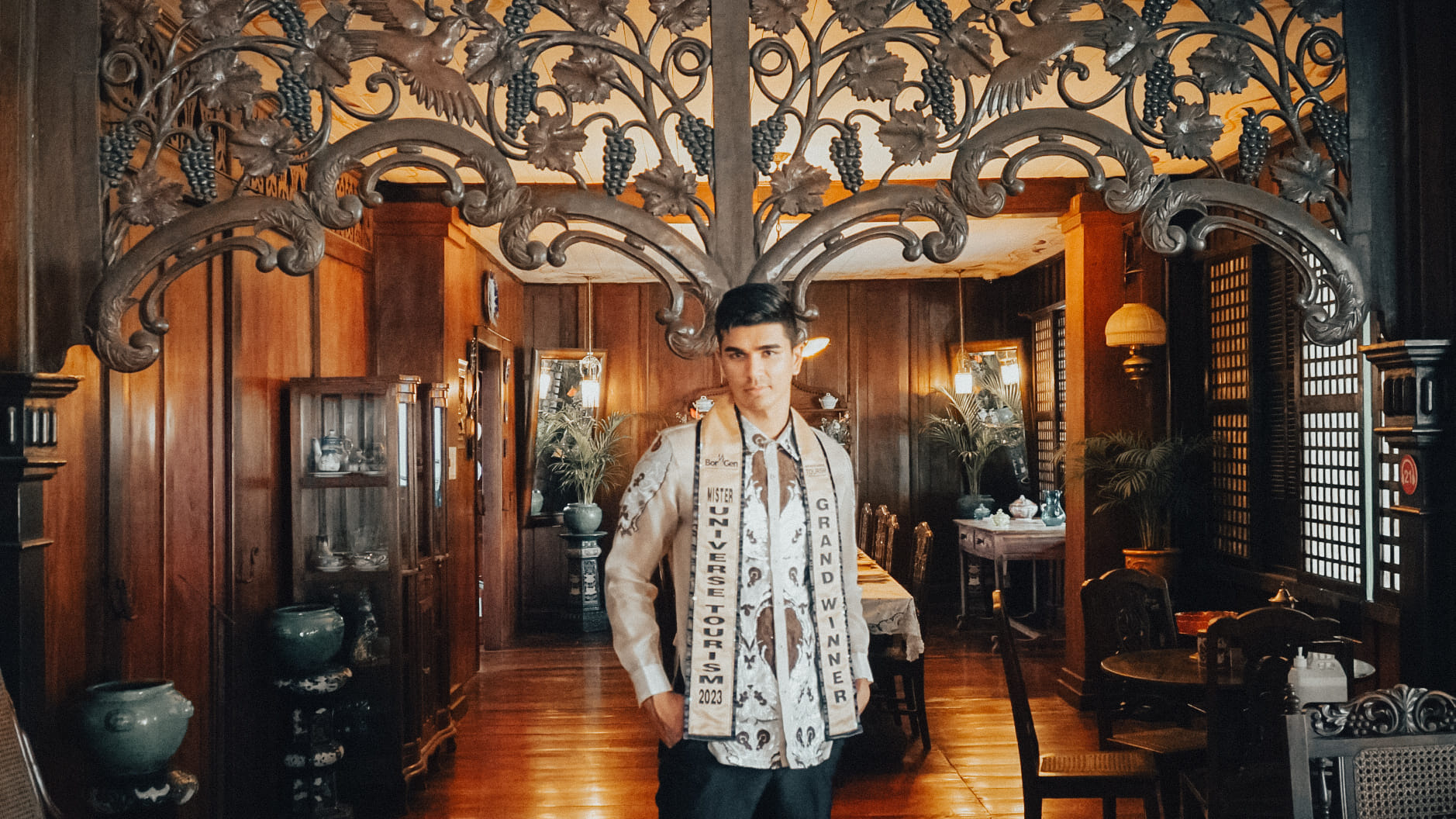
Today, the barong has undergone further evolution with women also wearing the garment (Ladies Fit) and specific designs made for them. The barong has thus become a symbol of gender inclusivity and a celebration of diversity. It is clearly no longer just the Barong Tagalog seen by non-Tagalogs in old movies and national media but a contemporary dress worn by security personnel and bank tellers (in the short-sleeved version) but also celebrities, socialites, and high level politicians of the land in long-sleeved piña. The Barong Tagalog is now the Barong Filipino for every Juan and Maria.
Ginoong Pilipinas at GSK
The continued promotion of this Barong Filipino is the cultural advocacy of Ginoong Pilipinas. “As a segment in Ginoong Pilipinas, we’re using it with rationale – not just for the pageant itself but also in relation to my advocacy of promoting the use of weaves. We require the candidates to collaborate with their designers to create a modern formal wear that mixes traditional local materials with contemporary fabrics. This is our way of elevating the barong Tagalog into a barong Filipino,” says stylographer and a Ginoong Pilipinas executive producer Dexter Alazas.
Ginoong Pilipinas, the country’s most prestigious personality pageant for men, has made the Barong Filipino its cultural advocacy, showcasing the garment’s evolution and celebration of diversity. The pageant’s special presentation of the Barong Filipino at Casa Gorordo Museum on May 12 will feature participating fashion designers’ interpretations of the garment, mixing traditional local materials with fabric blends like polycotton.
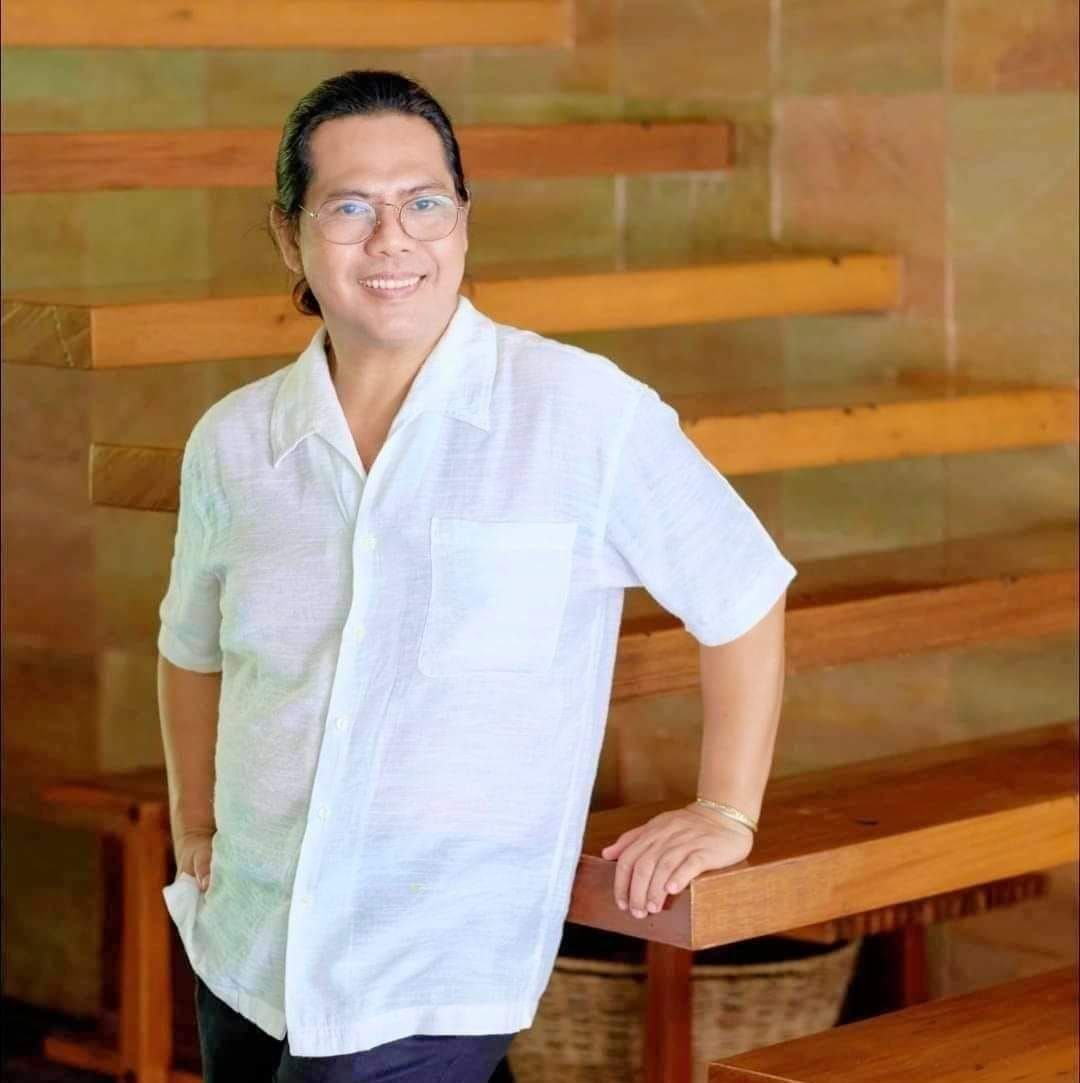
Alazas is a proponent of the more inclusive Barong Filipino using Cebu’s hablon weaving process centered in Argao, Cebu. This process creates unique and contemporary designs based on those of the traditional barong. The stylographer has played an essential role in the branding of the Barong Filipino. As an advocate for the use of weaves, Alazas has incorporated the local creatives like handpainting wirh Cebu’s hablon weaving process into his designs, creating unique and contemporary interpretations of the iconic garment.
The special presentation of the Barong Filipino worn by the candidates of Ginoong Pilipinas at Casa Gorordo Museum will be exciting for both purists and avant-garde fashion enthusiasts alike.
